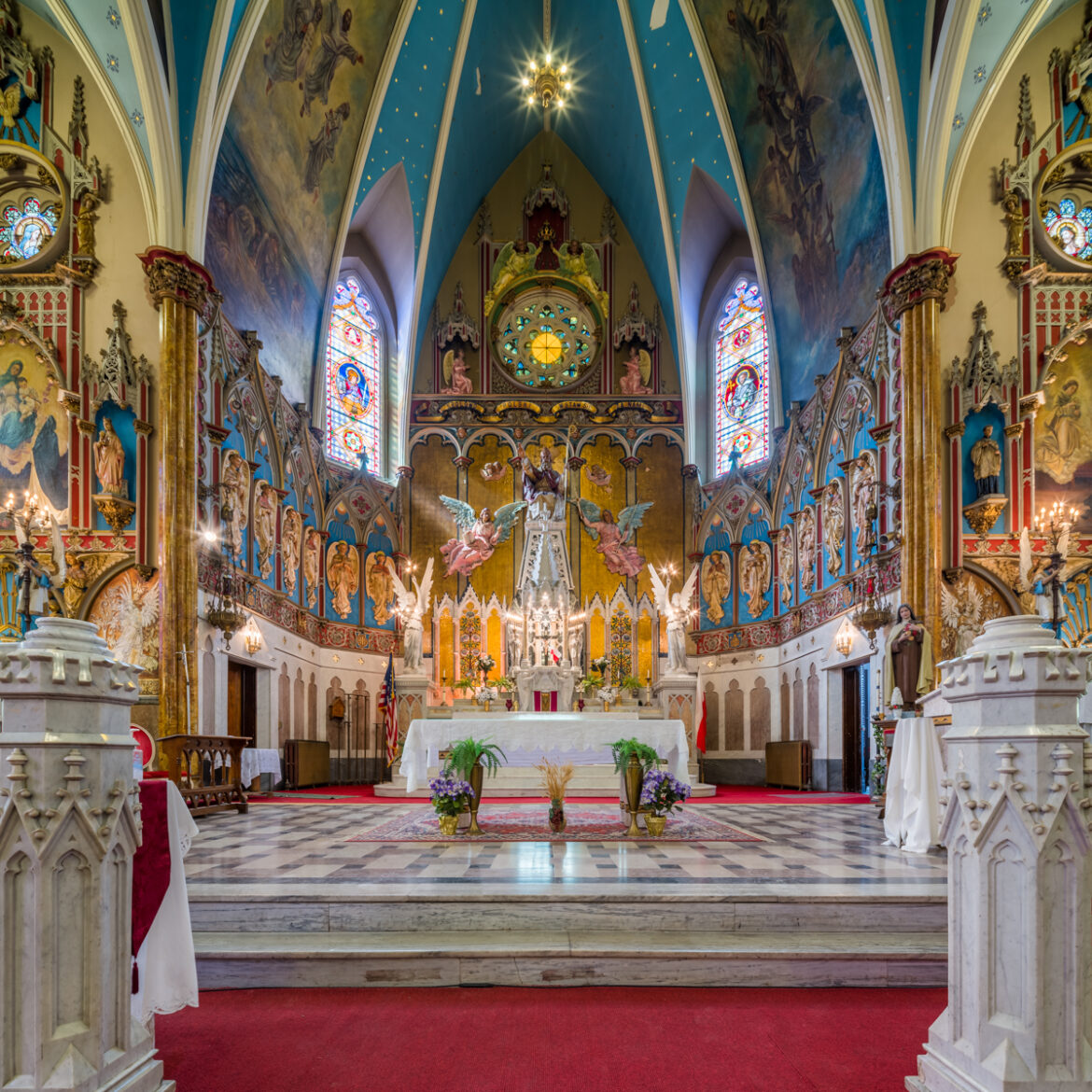The Church of England, often abbreviated as C of E, is a unique entity in the landscape of Christianity, particularly due to its intricate relationship with the state and its historical roots. Established during the tumultuous period of the English Reformation, the Church of England is not merely a religious denomination; it is also the established state church of the United Kingdom. This duality imbues it with a distinct significance that invites both admiration and critique.
The origins of the Church of England trace back to the 16th century, when King Henry VIII famously broke away from the Roman Catholic Church. His desire to annul his marriage to Catherine of Aragon—largely for political rather than strictly religious reasons—ignited a series of events leading to the English Reformation. By declaring himself the Supreme Head of the Church of England, Henry asserted the independence of his church from papal authority. This schismatic act was not solely about theology; it was deeply infused with political motivations, personal desires, and aspirations for sovereignty.
The resultant structure of the Church of England combines elements of Catholicism and Protestantism, occupying a middle ground often referred to as “via media.” This is reflected in its liturgy, beliefs, and institutional organization. The Book of Common Prayer, a cornerstone of Anglican worship, exemplifies this blend. It introduces a familiar cadence and reverence akin to Catholic rites, while also incorporating reformed principles that emphasize the authority of Scripture and individual faith. Thus, the liturgical practices within the Church cater to a wide array of spiritual needs, making it a canvas on which diverse expressions of faith are painted.
At the heart of the Church of England is its commitment to the idea of a national church. The Archbishop of Canterbury, as its spiritual leader, not only presides over the ecclesiastical hierarchy but also embodies the connection between the church and the state. The role of the monarch, as seen through the ceremonies of coronation, further underscores the church’s status; the sovereign is anointed in a religious ritual that affirms the divine right to rule, indicating that governance and faith are intertwined in ways that are both historical and contemporary.
Despite its established status, the Church of England faces numerous challenges in the 21st century, including declining attendance, demographic shifts, and the emergence of secularism. The allure of a national church is being tested by a populace that increasingly identifies as non-religious or adheres to alternative spiritual paths. This shift invites an exploration of why the Church of England continues to captivate interest, even among those who may not subscribe to its tenets.
One compelling reason for this fascination revolves around its historical stature and cultural influence. The Church of England is not merely a faith community; it is a repository of English heritage and identity. It has been entwined with the evolution of British laws, arts, and education. Many monumental events in British history were accompanied by religious ceremonies or theological reflections provided by the church, thus embedding it within the public consciousness. This historical tapestry captures the imagination, prompting an exploration of how a faith institution has shaped national identity.
Moreover, the Church of England encapsulates a broader discourse on the role of faith in public life. It raises contemplative questions about the intersection of religion and governance, ethics, and citizenship. How does a state church navigate the complexities of a multi-faith society? Amidst these inquiries lies the tension between tradition and modernity. The Church of England has attempted various reforms — such as the ordination of women and the conversation surrounding LGBTQ+ inclusion — positioning itself as a responsive body amid changing societal values.
Within this framework, the Church of England also seeks to maintain an ecumenical spirit, encouraging dialogue and collaboration among various Christian denominations and faiths. This approach not only draws admiration from those within the Anglican communion but also appeals to individuals from different backgrounds who appreciate a church striving to be inclusive. This desire for unity amidst diversity is resonant in a fragmented world, allowing the Church to function as a beacon of hope and reconciliation.
Furthermore, the Church of England remains an active participant in humanitarian efforts and social justice initiatives. Its involvement in community service, advocacy for the marginalized, and promotion of ethical engagement in societal issues reflects the inherent Christian mandate to “love thy neighbor.” This practical application of faith resonates deeply with many who may not engage with traditional forms of worship but are nonetheless drawn to the church’s mission of service and compassion.
The Church of England serves as a complex tapestry woven from faith, history, and sociopolitical context. It stands as both a symbol of continuity and a site of transformation. Its role within the United Kingdom is not merely that of a religious institution but as a facilitator of dialogue about faith, identity, and ethical living. In addressing the myriad challenges it faces, the Church continues to invite exploration and reflection on what it means to live out one’s faith in a rapidly changing world.
In conclusion, the Church of England represents more than just a branch of Christianity; it embodies the confluence of history, culture, and belief in the public sphere. Its ability to adapt while holding onto core tenets offers a lens through which one may gaze upon contemporary society and glean insights into the enduring quest for meaning in an ever-evolving landscape. As both state church and spiritual community, the Church of England remains a captivating subject worthy of scholarship, contemplation, and informed discussion.



